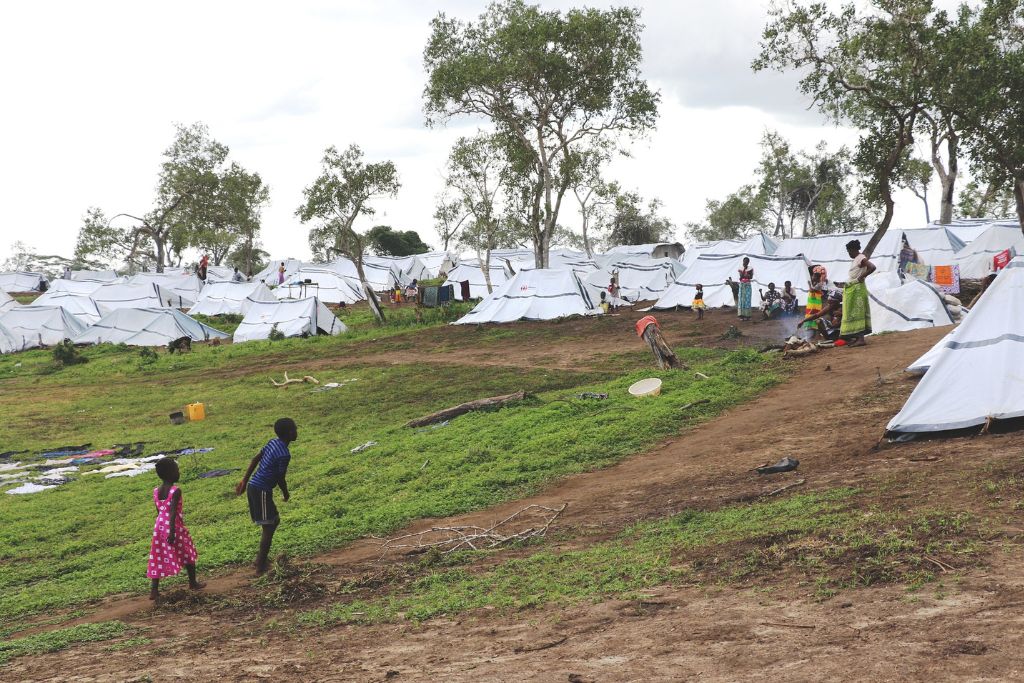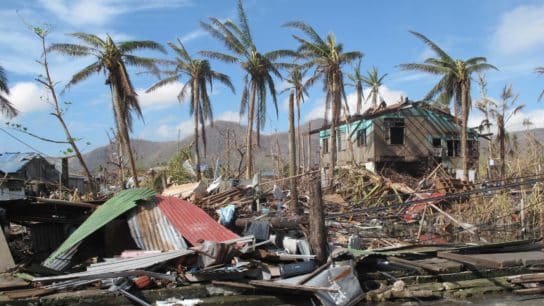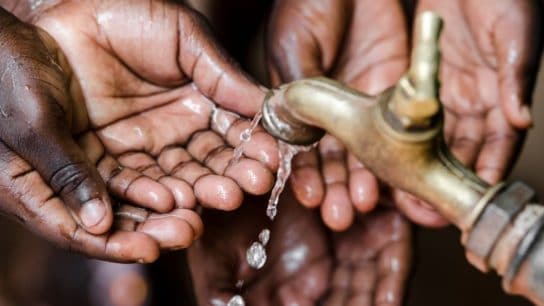Tropical Cyclone Hidaya brought torrential rain and high-speed winds to Tanzania and neighboring Kenya, where floods had already claimed more than 400 lives in recent weeks.
—
A tropical cyclone on Saturday brought heavy rainfall and strong winds to East Africa, a region already battered by weeks of extreme weather and deadly floods.
Cyclone Hidaya, which brought winds of up to 165 kph (102.5 mph) and waves almost eight meters high, prompted the Kenyan government to issue mandatory evacuation orders for residents near 178 dams and water reservoirs in 33 counties. No casualties or damage were reported, although most of Tanzania experienced a major blackout and thousands of people were displaced.
Hidaya, the equivalent of a Category 1 hurricane, is the first of its kind to develop in eastern Africa, according to the World Meteorological Organization.
Though local authorities confirmed on Sunday that Cyclone Hidaya had completely lost its strength, the situation in the region, especially in Tanzania and Kenya, remained dire, with heavy rainfall expected to continue into Monday.
“Following its landfall at Mafia Island on Saturday, May 4, 2024, Tropical Cyclone Hidaya completely lost its strength. The remnants of the rain clouds that accompanied the cyclone have been observed to weaken and spread out in various areas of the southern region of Tanzania, as confirmed by the Tanzania Meteorological Authority,” said David Gikungu, Director of Kenya’s Meteorological Services.
More on the topic: Extreme Heat, Heavy Rain Kill Hundreds Across Thailand, East Africa
Hundreds of people have died in East Africa in recent weeks from floods and landslides triggered by heavier-than-usual torrential rains. The extreme weather, experts say, is linked to the El Niño weather pattern, a climate phenomenon related to the warming of sea surface temperatures in the central-east equatorial Pacific.
In Kenya, flash floods have claimed at least 228 lives and displaced 200,000 people since March, according to the toll from the Ministry of Interior and National Administration updated on Sunday. Last Monday, at least 45 people died after a dam in Nakuru County burst its banks. According to the UN refugee agency UNHCR, nearly 20,000 refugees in Kenya’s Dadaab refugee camps – which hosts 380,000 people – have been displaced due to rising water levels.
In neighboring Tanzania, flood-related deaths rose to at least 155 and over 200,000 refugees hosted in two refugee camps were affected. In Somalia, also among the hardest hit countries in East Africa, over 46,000 internally displaced people had to be relocated due to flash floods, according to UN data.
Featured image: EU Civil Protection and Humanitarian Aid/Flickr (2018)
This story is funded by readers like you
Our non-profit newsroom provides climate coverage free of charge and advertising. Your one-off or monthly donations play a crucial role in supporting our operations, expanding our reach, and maintaining our editorial independence.
About EO | Mission Statement | Impact & Reach | Write for us














